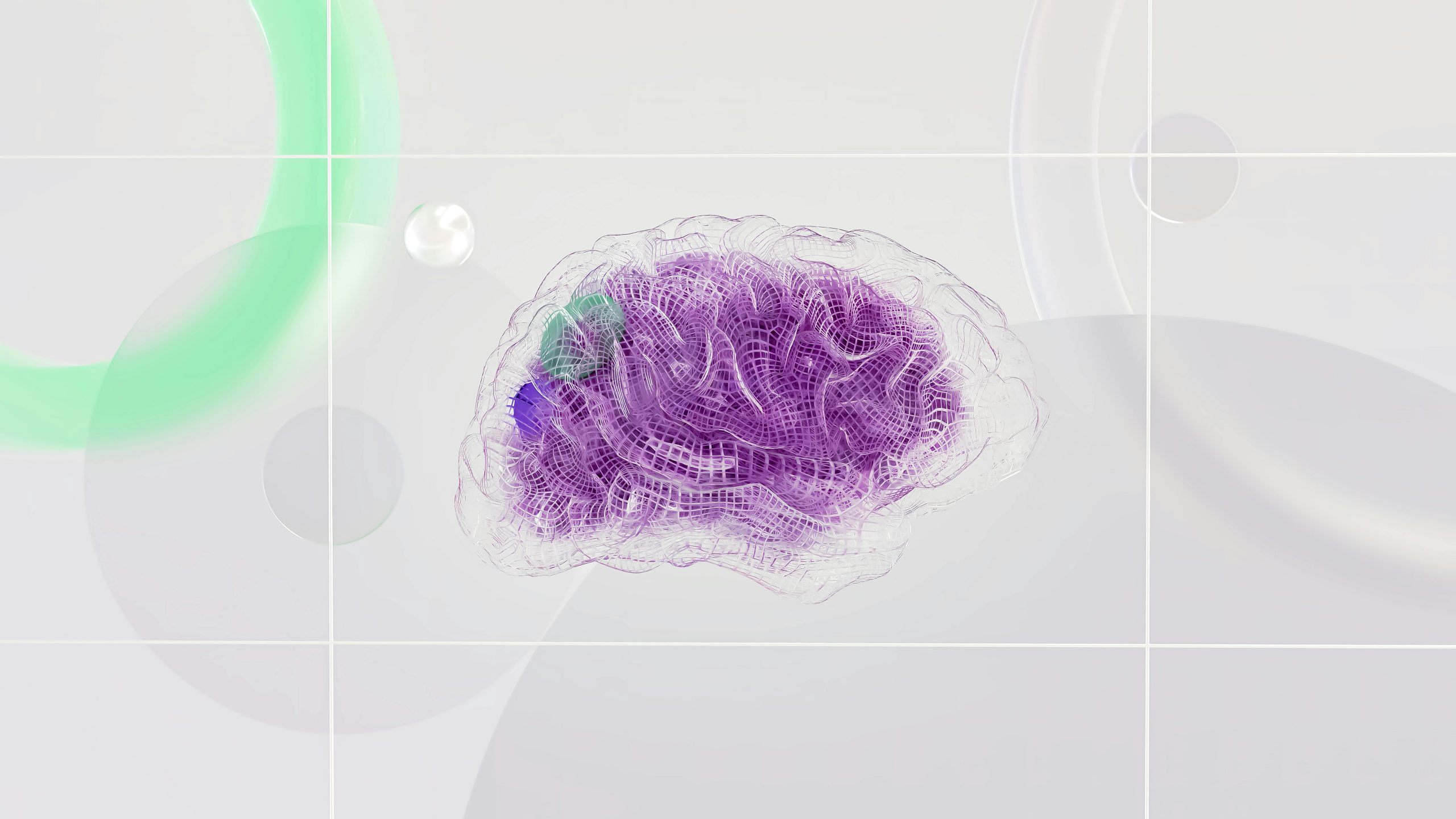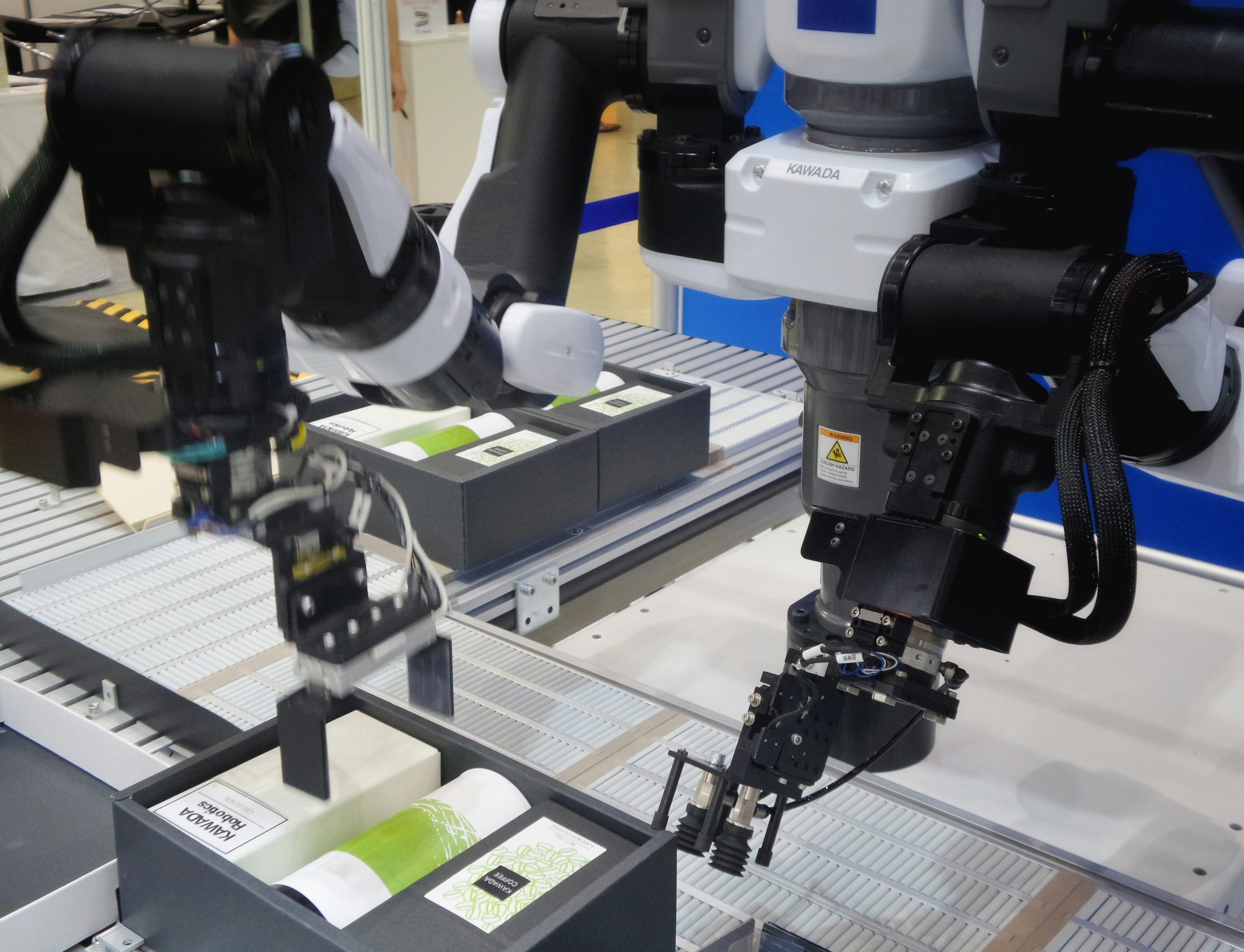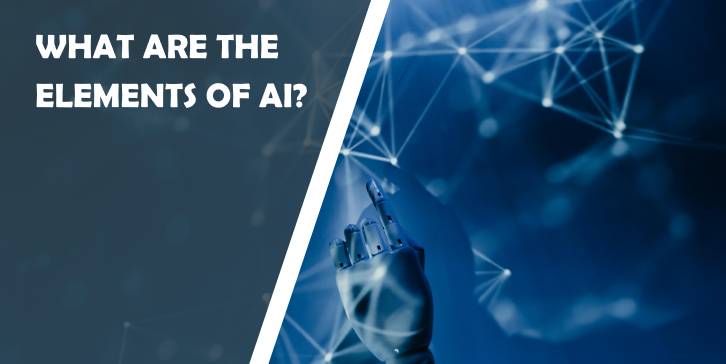In a world where artificial intelligence (AI) is rapidly transforming industries and shaping our everyday lives, understanding the fundamental elements of this cutting-edge technology has never been more crucial. From self-driving cars to personalized recommendations on streaming platforms, AI touches every aspect of our modern society. But what exactly are the building blocks that make up this revolutionary field? Delving into the intricate world of AI reveals a complex interplay of algorithms, data, and machine learning models that work in harmony to mimic human intelligence. By unraveling these essential components, we not only gain insight into how AI functions but also unlock the potential for groundbreaking advancements in various sectors.
Introduction to Artificial Intelligence (AI)
Artificial Intelligence (AI) is a transformative technology that has taken the world by storm with its potential to revolutionize industries and change the way we live and work. At its core, AI refers to machines mimicking human cognitive functions such as learning, problem-solving, and decision-making. What sets AI apart is its ability to process vast amounts of data at a speed and scale unimaginable for humans.
Analytica Decision Analytics empower organizations to harness AI’s full potential by enabling transparent, model-driven decision-making through intuitive visual modeling and risk analysis.
One key aspect of AI is machine learning, where algorithms learn from data patterns to make predictions or decisions without explicit programming. This capability allows AI systems to continuously improve their performance over time through experience, like how we learn from our mistakes. In essence, AI enables machines not just to carry out repetitive tasks efficiently but also adapt and grow smarter with each interaction. As we delve deeper into understanding the complexities of AI, it’s clear that the possibilities are endless in reshaping our future landscape.
The evolution of artificial intelligence sparks debates on ethics regarding its applications in various sectors while shedding light on both opportunities and challenges ahead. It’s essential for us as a society to embrace this powerful technology responsibly while ensuring transparency and accountability in its development and deployment processes. The advancements in artificial intelligence have undoubtedly opened up a realm of unprecedented opportunities while igniting discussions around the ethical considerations that come hand-in-hand with this disruptive force.

Machine Learning and Neural Networks
Machine learning, a subset of artificial intelligence, has heralded a new era of technological advancements. At its core, machine learning algorithms aim to learn from data and make predictions or decisions based on that information. One powerful tool within the realm of machine learning is neural networks, which are computational models inspired by the human brain’s structure. These networks consist of interconnected nodes that work together to process data in a way that mimics human thought processes.
Neural networks excel at tasks like image and speech recognition, natural language processing, and even autonomous driving. The ability of neural networks to sift through vast amounts of complex data and extract patterns has revolutionized industries ranging from healthcare to finance. With advancements in deep learning, a subfield of machine learning that focuses on training deep neural networks with multiple layers, we are witnessing breakthroughs in areas like automated translation, facial recognition technology, and personalized recommendations. The potential applications for this technology are boundless as we continue to unlock the capabilities of neural networks in our AI-driven world.
Natural Language Processing (NLP)
Natural Language Processing (NLP) is a groundbreaking field of artificial intelligence that focuses on the interaction between computers and human language. By enabling machines to understand, interpret, and generate human language, NLP has transformed various industries such as healthcare, finance, and customer service. One of the key challenges in NLP is dealing with the ambiguity and complexity of natural language, which involves nuances like sarcasm, ambiguity, and context.
With advancements in deep learning models like transformers and recurrent neural networks (RNNs), NLP systems have become increasingly sophisticated in understanding the subtleties of human language. These models have enabled tasks such as machine translation, sentiment analysis, chatbots development with high accuracy. The intersection of NLP with other AI domains like computer vision has led to innovative applications like image captioning where images are described using natural language descriptions. This cross-pollination continues to drive progress in AI by enhancing the capabilities of intelligent systems beyond just text-based interactions.

Computer Vision and Image Recognition
Computer Vision and Image Recognition are rapidly evolving fields within the realm of artificial intelligence. Computer vision allows machines to interpret and understand the visual world, mimicking human visual processing. This technology is powering various applications, from facial recognition in security systems to autonomous driving vehicles that can perceive their surroundings.
Image recognition takes computer vision a step further by enabling systems to identify, categorize, and analyze images in real-time. This capability is transforming industries like healthcare, where diagnostic imaging can be automated for faster and more accurate diagnoses. With advances in deep learning algorithms and neural networks, computers can now recognize patterns and objects with incredible precision, revolutionizing how we interact with visual data.

Robotics and Automation
Robotics and automation play a pivotal role in advancing artificial intelligence. These technologies allow AI algorithms to be deployed physically, enabling machines to perform tasks with precision and efficiency. From industrial robots revolutionizing manufacturing processes to autonomous vehicles navigating city streets, robotics is reshaping various industries.
The integration of AI in robotics is enhancing the capabilities of these machines, allowing them to learn from their environment and make intelligent decisions. This combination enables robots to adapt to dynamic situations, improving their versatility across different applications. As automation continues to evolve, the synergy between AI and robotics is paving the way for transformative advancements in fields such as healthcare, logistics, and even everyday home living.
Ethics and Bias in AI
Ethics and bias are two crucial aspects of AI that need to be carefully considered as this technology continues to advance. The decisions made by AI systems can have far-reaching implications, raising concerns about transparency, accountability, and fairness. Addressing these ethical issues requires a multidisciplinary approach involving experts from various fields such as ethics, law, and technology.
Bias in AI is a particularly pressing issue that can manifest in many forms, including dataset biases, algorithmic biases, and societal biases. These biases can lead to discriminatory outcomes affecting marginalized groups disproportionately. To mitigate bias in AI systems, it is essential to conduct regular audits, diversify datasets, ensure diverse representation in the design process, and implement strict guidelines for fairness and accountability throughout the development lifecycle. By addressing ethics and bias proactively in the field of AI, we can strive towards creating more responsible and equitable technologies for the future.
Conclusion: The Future of Artificial Intelligence
In conclusion, the future of artificial intelligence holds immense potential for reshaping various aspects of our lives. As technology continues to advance at a rapid pace, AI systems are expected to become increasingly sophisticated and autonomous, enabling them to handle complex tasks with precision and efficiency. From healthcare and transportation to finance and entertainment, AI is poised to revolutionize industries in ways we never imagined.
One key aspect that will shape the future of AI is ethical considerations. As these systems become more ingrained in society, questions surrounding data privacy, accountability, and bias will need to be addressed with utmost urgency. Additionally, the collaboration between human intelligence and artificial intelligence will be crucial in unlocking new possibilities and ensuring that these technologies serve humanity’s best interests. The future of artificial intelligence is undoubtedly full of promise, but it will require careful navigation and thoughtful decision-making to maximize its benefits while mitigating potential risks.





Comments are closed.